Follow these simple steps and tips to create a gorgeous pollinator garden that butterflies, bees and birds will love to visit.
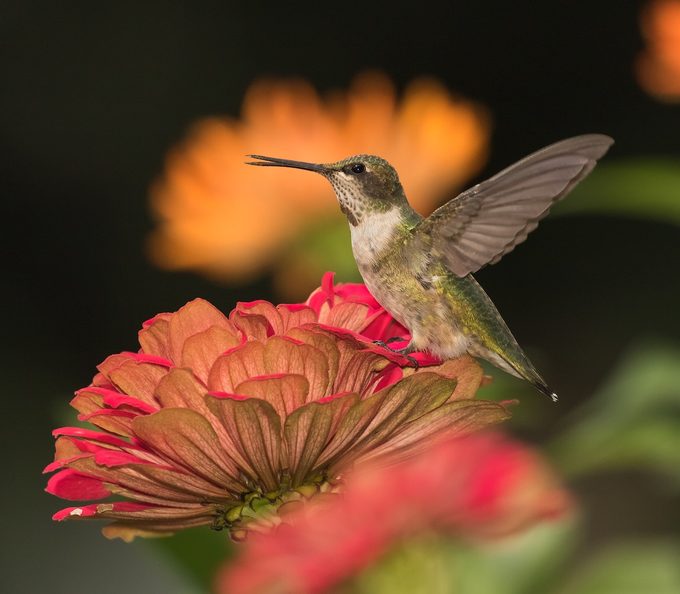
How to Plant (and Grow) a Pollinator Garden

If you spend a morning outside, sitting with a cup of coffee in the midst of a gorgeous garden, you’ll realize the importance of plants for pollinators. Bees, butterflies, moths and flower flies flit from one splash of color to the next. Their timeless work has kept life on our planet thriving for millennia. As we continue to urbanize, some have wondered if there’s a way to help offset the dramatic landscape changes brought on by things like buildings, concrete and asphalt. Researchers say yes, to some degree, and the key is in your backyard. The best thing you can do to help pollinators is plant a pollinator garden!
On This Page
Why You Should Plant a Pollinator Garden
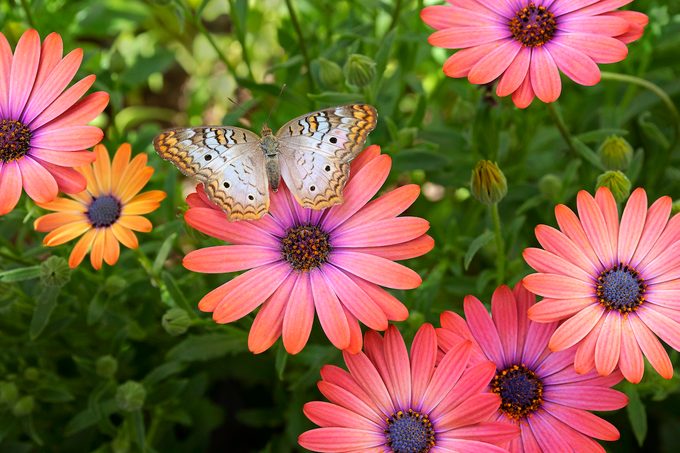
Scott Schell, a University of Wyoming extension entomologist, says having flower-filled private yards, in addition to natural areas and public gardens with fragrant pollinator favorites, is important. These gardens will provide corridors for these insects to travel, explore and get the resources they need. New research is showing that while city garden plots cannot replace wild lands, they certainly can help.
A 2019 study published in the Nature Ecology and Evolution journal outlined years’ worth of research in the U.K., analyzing the importance of natural green spaces in cities. Researchers discovered that the biodiversity of pollinators is directly connected to both the amount and the diversity of plants in particular areas.
That knowledge is critical. A wide range of tiny creatures—from the showy monarch butterfly to the humble flower fly—is responsible for supporting 85% of the world’s flowering plants and helping to keep more than two-thirds of the world’s crop species going. In addition, fruits and seeds from pollinated plants are a diet staple for 25% of birds and many mammals.
While catering to pollinators seems intuitive, a few tips and tricks should make your yard and gardens even more fruitful for all of your flying friends.
Make sure you plant these flowers that attract bees.
Plan Your Pollinator Garden
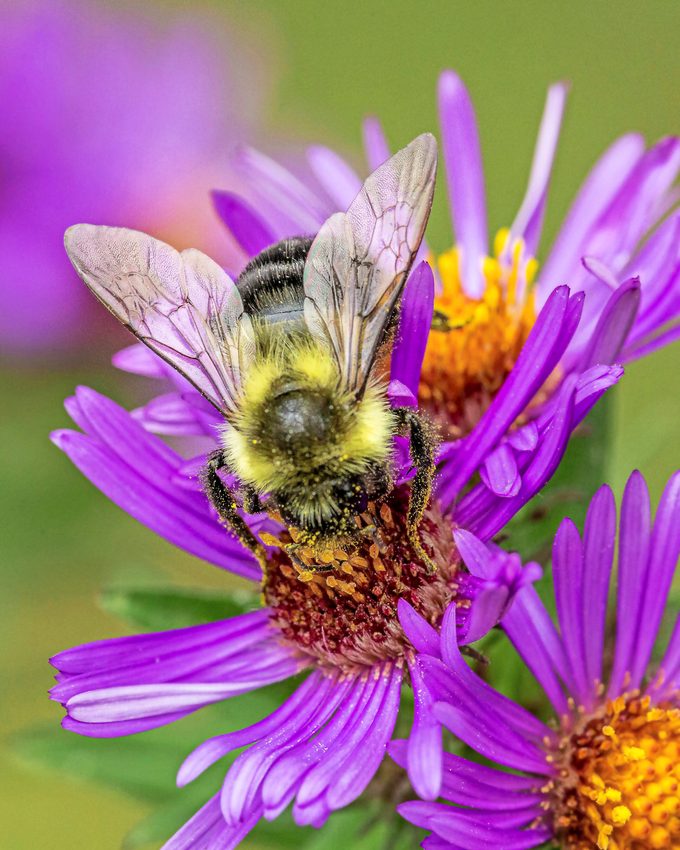
“Before heading out to buy plants and seeds, take a minute to just simply sit and observe,” says Jennifer Thompson, an extension horticulture specialist with the University of Wyoming. “Look around your yard, your friends’ yards, your local parks, local nurseries and flowering plants near businesses,” she says. Ask yourself: “Which plants are being visited by bees, butterflies, other insects and hummingbirds?”
Make a note of which plants seem the most interesting for pollinators and focus on those. If you don’t have time to watch and categorize, she suggests visiting your local extension office or its website for recommendations of plants that lend a hand to pollinators.
Check out our favorite blooming bushes that attract butterflies.
Grow Plants for All Seasons
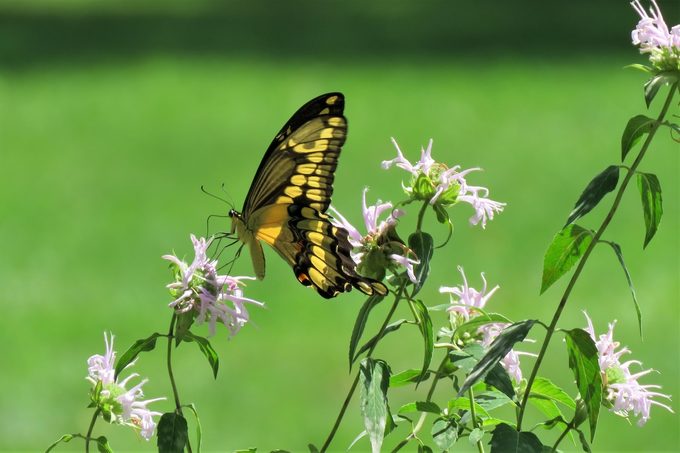
“Consider flowers that bloom from early spring until late fall to cater to the largest number of pollinators,” Jennifer says. “Many native bees, for instance, have very short adult lives. Different species will emerge and visit your yard at different times during the season,” she says. “Have something blooming when they come out.”
Mixing flowers with different bloom times also helps your garden stay vibrant continuously throughout the seasons. One recommendation for early spring pollinators is a sand cherry shrub.
Psst—try these long-blooming flowers to attract butterflies and hummingbirds.
Replace Grass with Native Plants
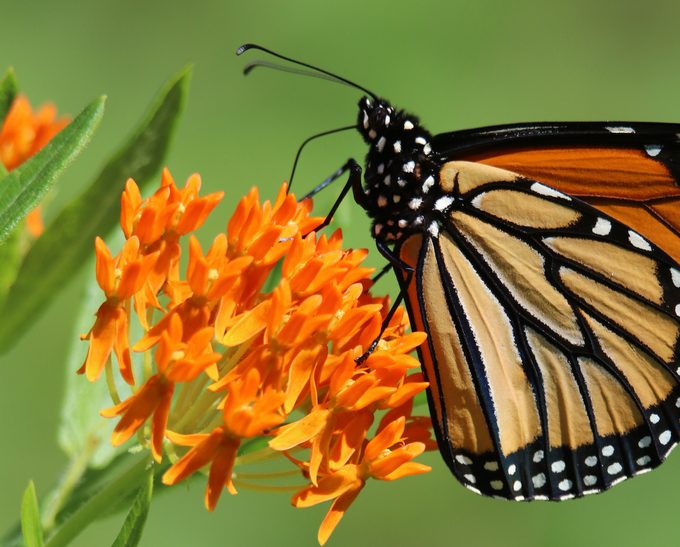
Many of us like order in our yards and gardens. But senior lecturer Katherine Baldock, a pollinator researcher in the United Kingdom, recommends letting your yard be just a touch messy. Consider mowing less frequently so the clover or dandelions have a chance to bloom. If you have an area that can go wild with native plants, let it.
Also think about reaching out to your local municipality to inquire about planting more flowers in public places or even converting portions of green parkland into spaces for natives.
Grow these nectar-rich native plants for hummingbirds.
Vegetable Gardens for Pollinators
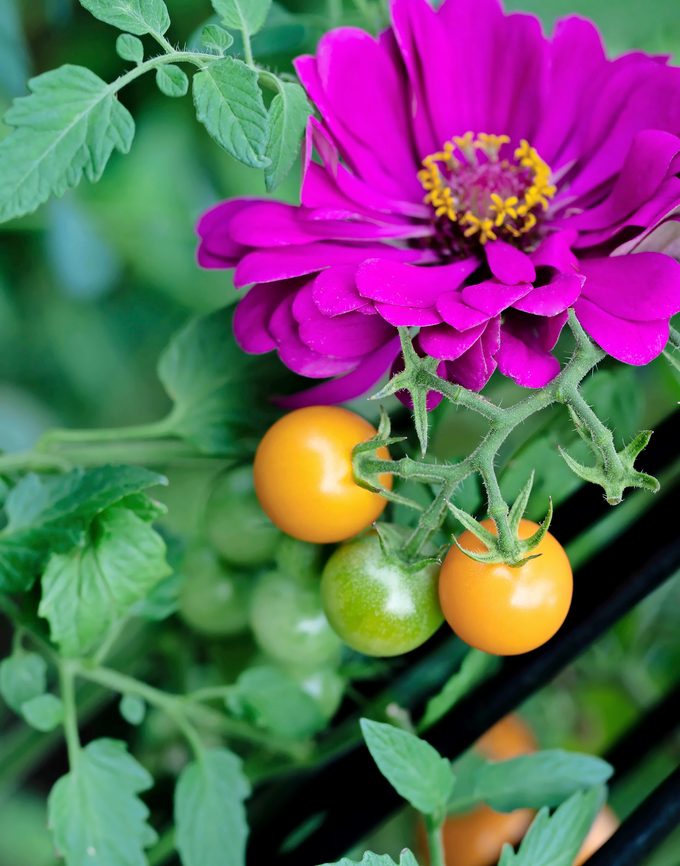
Add a few more vegetables as you’re planning a garden. Not only will you appreciate your forethought during the later harvest, but insects will also appreciate the variety. Katherine says crops benefit from pollination. And pollinators, in turn, benefit from the large amounts of pollen and nectar. If you don’t have room, plant vegetables in pots or consider joining a community garden.
More Tips to Help Pollinators
- Leave small rocks on patches of dirt, Scott suggests, for pollinators that nest on the ground.
- “Move plant stems and other yard waste into an out-of-sight pile if you can’t take the mess,” Jennifer says. Pollinators will emerge in spring.
- Resist the urge to use a weed barrier on your landscape.
- Skip cleaning up any dead stems and twigs on your yard at the end of the growing season. Scott says, “Some species of pollinators use that habitat for their overwintering generation.”
Readers Share Their Top Pollinator Garden Tips
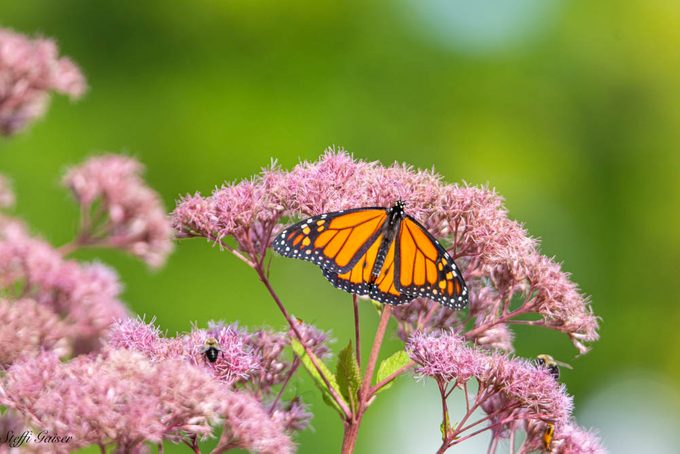
- “I plant some prairie natives and host plants for caterpillars, including milkweed for monarchs and dill and fennel for black swallowtails,” says reader Eva Bellinger.
- “It was my goal to create a backyard bird, bee and butterfly haven. To achieve this, I planted bee balm, coneflowers, beautyberry, phlox, butterfly weed and more. I also have potted hibiscus and lantana,” says reader Mary Willmuth.
- “We have a 7-foot Joe Pye weed that is a magnet for bees and butterflies,” says Cheryl Rogan.
- “My entire front yard, about a half acre, is full of wildflowers,” says Debbie Foote.
About the Experts
Scott Schell, a University of Wyoming extension entomologist, has a master’s degree in entomology.
Extension horticulture specialist Jennifer Thompson has a master of science degree in plant breeding/plant genetics from the University of Wisconsin – Madison. Jennifer formerly served as the University of Wyoming’s small acreage outreach coordinator.
Katherine Baldock, an ecologist with a particular interest in plant pollinators, is an associate university professor in the United Kingdom.






















